By Greg Milam, US correspondent
Harrison Schmitt says he doesn't much enjoy travelling by air these days.
Having just celebrated his 84th birthday, he sighs at the prospect of a cross-country journey by passenger jet.
When you've done a half-a-million-mile round trip to the moon in your lifetime, perhaps you come to perceive travel somewhat differently to the rest of us.
Schmitt has travelled a lot this week, to honour and be honoured as part of the 50th anniversary celebrations for the pinnacle of NASA's Apollo mission.
He was one of the hundreds of thousands in the US space programme, the men and women who answered the call of President John F Kennedy and landed Neil Armstrong and Buzz Aldrin on the moon in July 1969.
Advertisement

Three-and-a-half years later, Schmitt secured his own place in NASA history.
In December 1972, Schmitt became the last man ever to step out on to the lunar surface. The three days he spent there with mission commander Eugene Cernan is the longest stay ever.
More from Nasa
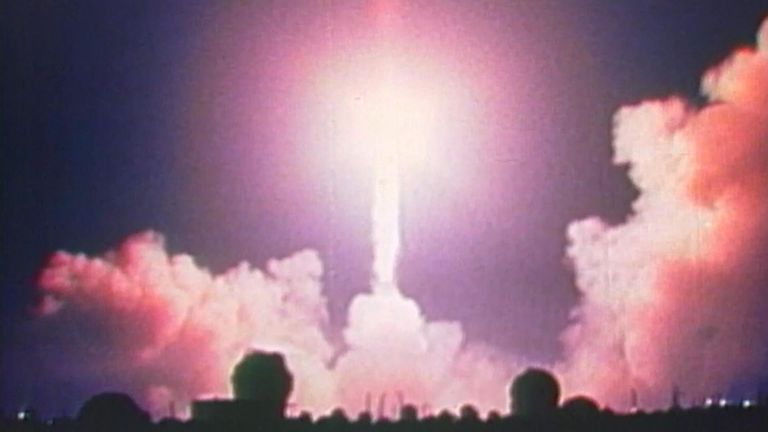
The film of the two men singing "I was strolling on the moon one day" remains one of the most memorable and joyful Apollo moments.
And ever since the death of Cernan, who was the last to step back into the module for the journey home, Schmitt has been the most recent living person to have been to the moon.
For all those claims to space fame, as with most of his fellow Apollo astronauts, Schmitt is very down-to-earth.

He has a steely, measured manner, the sense that nothing can faze a man who has been blasted into the heavens at 20,000mph.
The endurance of his passion for the mission is what is most striking.
"It was an honour and a privilege and I'm still involved every day in what I did nearly 50 years ago," he said.
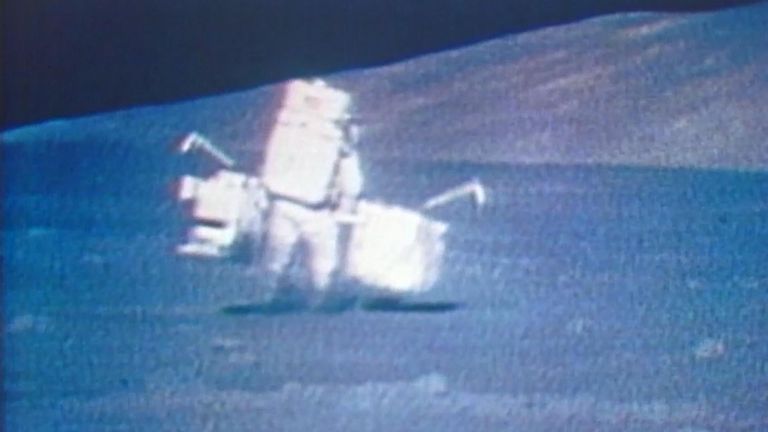
Only four of the 12 men to have walked on the moon are still alive.
Schmitt was the only professional scientist ever to make the journey, the consequence of the strong belief among geologists that one of their own would be best qualified to study the rocky surface.
The mask of scientific reserve slipped once during his moon mission – recordings capturing Schmitt's excited discovery of "orange soil", revealing volcanic activity on the moon.
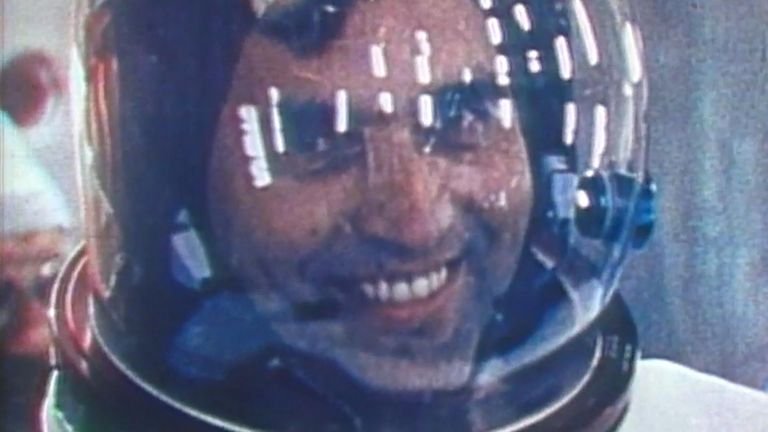
He also took that iconic photo of the earth, the so-called "blue marble" picture.
He still views that mission through the eyes of a scientist.
He said: "I'm a geologist and geo means earth and it was – from my professional as well as personal point of view – extremely important to me to have that opportunity to see the so-called 'blue marble', and to begin to think even further than I had before of what our endeavours on the moon were going to mean to understanding that Earth and its history and the history of life."
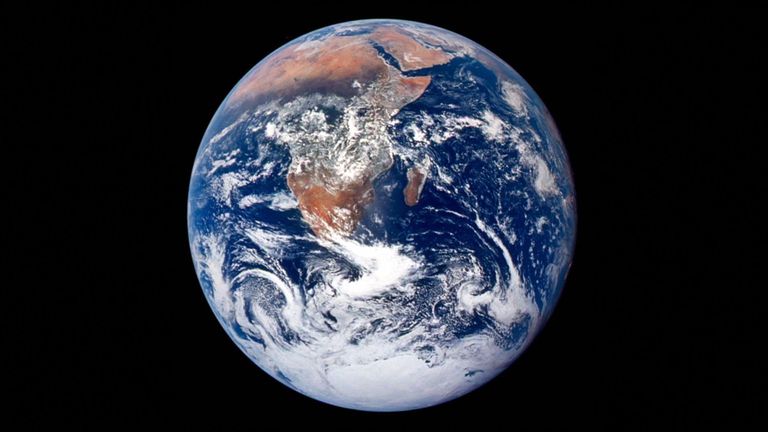
Others who have been to the moon have spoken of its spiritual or emotional effect on them. Schmitt keeps any such thoughts to himself.
He is unequivocal on other things.
"The landing on the moon by Apollo 11 was extremely significant to America and I think to the free world because it was in the middle of the then Cold War competition between freedom and tyranny," he said.
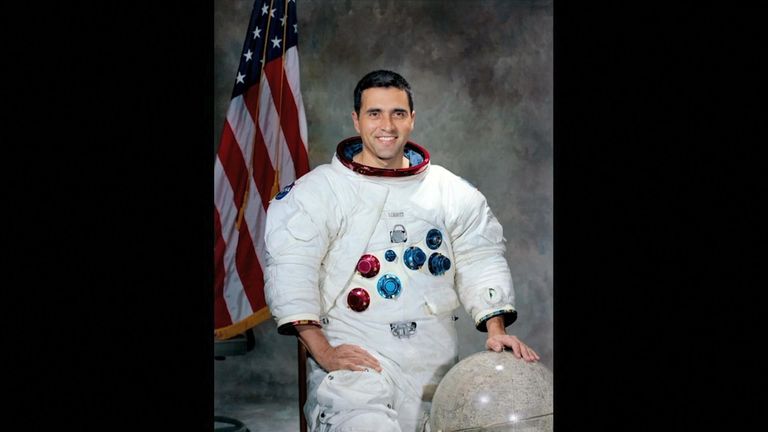
"It added a great deal to this psychological impact of what freedom can do to the rest of the world, in that geopolitical context it was extremely important.
"It also gave Americans something to feel very, very good about in the middle of a time when you just didn't see any end to this tension and the threat of nuclear war."
Speaking in the New Mexico Museum of Natural History and Science, Schmitt still lives in the state of his birth and is revered as one of its greatest sons.
The museum proudly displays a chunk of moon rock he brought back to Earth.
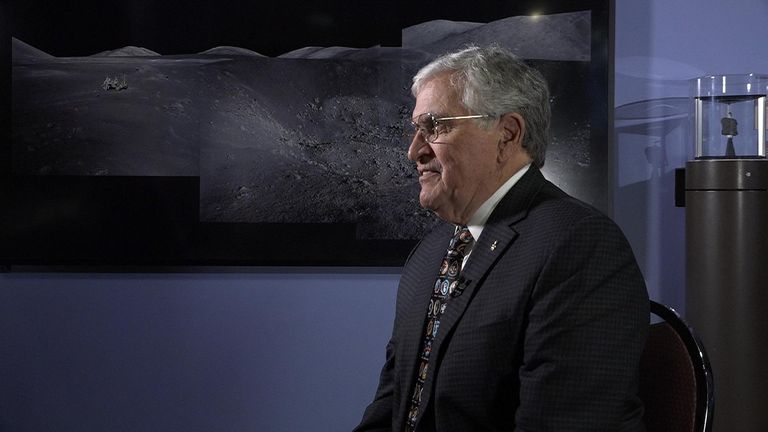
He was to swap his NASA career for one in Washington as a Republican senator.
His assertion that human activity was not responsible for climate change put him at odds with the scientific consensus and attracted controversy.
Today's political leaders want to put Americans back on the moon as a stepping stone to Mars.
Private companies wiRead More – Source
[contf] [contfnew] 
Sky News
[contfnewc] [contfnewc]







